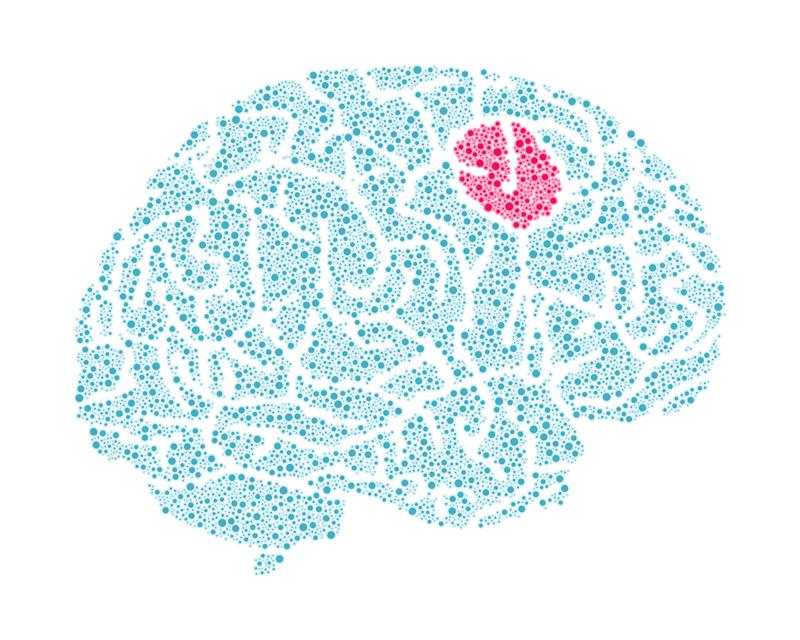Glioblastoma (GBM) is the most common type of glioma—a tumor of the glial cells found in the brain and spinal cord. It is also one of the most lethal cancers, making the need for new treatment strategies urgent. The available treatment option—the chemotherapy drug temozolomide (TMZ)—leads to the development of resistance in more than half of patients. Now, a new approach has been described that targets a well-known GBM mechanism—the decreased expression of the DNA repair enzyme O6-methylguanine methyltransferase (MGMT). The strategy and drug are being developed by Modifi Bio—a spinout from Yale University.
This work is published in Science, in the paper, “Mechanism-based design of agents that selectively target drug-resistant glioma.”
“This approach redefines the rules on how to selectively kill cancer cells via direct DNA modification and positions our company as a leader in this emerging field of oncology drug development,” said Ranjit Bindra, MD, PhD, professor of therapeutic radiology at Yale School of Medicine, scientific director of the Yale Brain Tumor Center at Smilow Cancer Hospital, and Modifi Bio co-founder. “As a brain tumor doctor treating patients for over a decade, my colleagues and I have seen gliomas take the lives of too many patients. Our discovery represents a major step forward in changing the treatment paradigm for this devastating disease, as well as for many other cancers with intrinsic DNA repair defects.”
The agents work by generating a primary DNA lesion that can be repaired by healthy cells, because of their intact DNA repair mechanisms. However, cancer cells that lack DNA-repair machinery are unable to repair the damage. The result is more toxic secondary lesions (toxic DNA interstrand cross-link (ICL)) that cause selective tumor cell killing.
This approach, the authors noted, deposits “a dynamic DNA lesion that can be reversed by MGMT but slowly evolves into an interstrand cross-link in MGMT-deficient settings, resulting in MMR-independent cell death with low toxicity in vitro and in vivo.”
Because ICL formation is slow, most of the primary lesions will be able to be repaired in normal cells. So, the drugs should have low toxicity. And, because ICL’s mechanism cannot be evaded by mismatch repair mutations, there should be less resistance.
The new class of molecules was found to be active and selective against cancer cells that lack MGMT. Approximately half of all glioblastomas and up to 80% of gliomas lack MGMT. Emerging research indicates that MGMT deficiency is seen in many other tumor types, suggesting broad applicability for this strategy in treating cancer.
Modifi Bio, which recently closed a $6.4M seed round, hopes to file an Investigative New Drug application with the FDA in anticipation of Phase I clinical trials in 2024.
“Novel treatments for these types of brain cancer are urgently needed,” noted Roger Stupp, MD, professor of neurological surgery and chief of neuro-oncology at Northwestern University. “I am enthusiastic that this paradigm-shifting discovery may lead to the first clinically meaningful pharmacological advances in the treatment of glioma in over two decades.” Stupp first published the pivotal studies over 20 years ago, which define the current standard of care for glioma.


